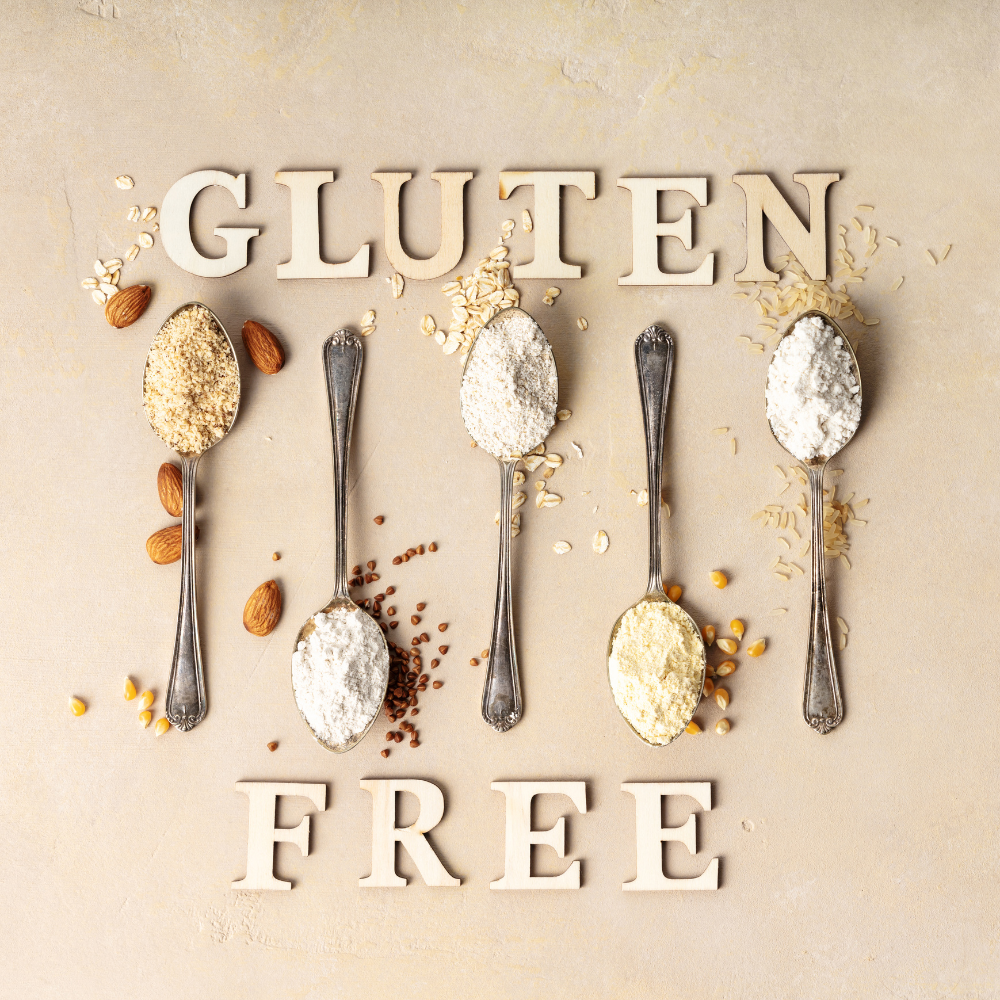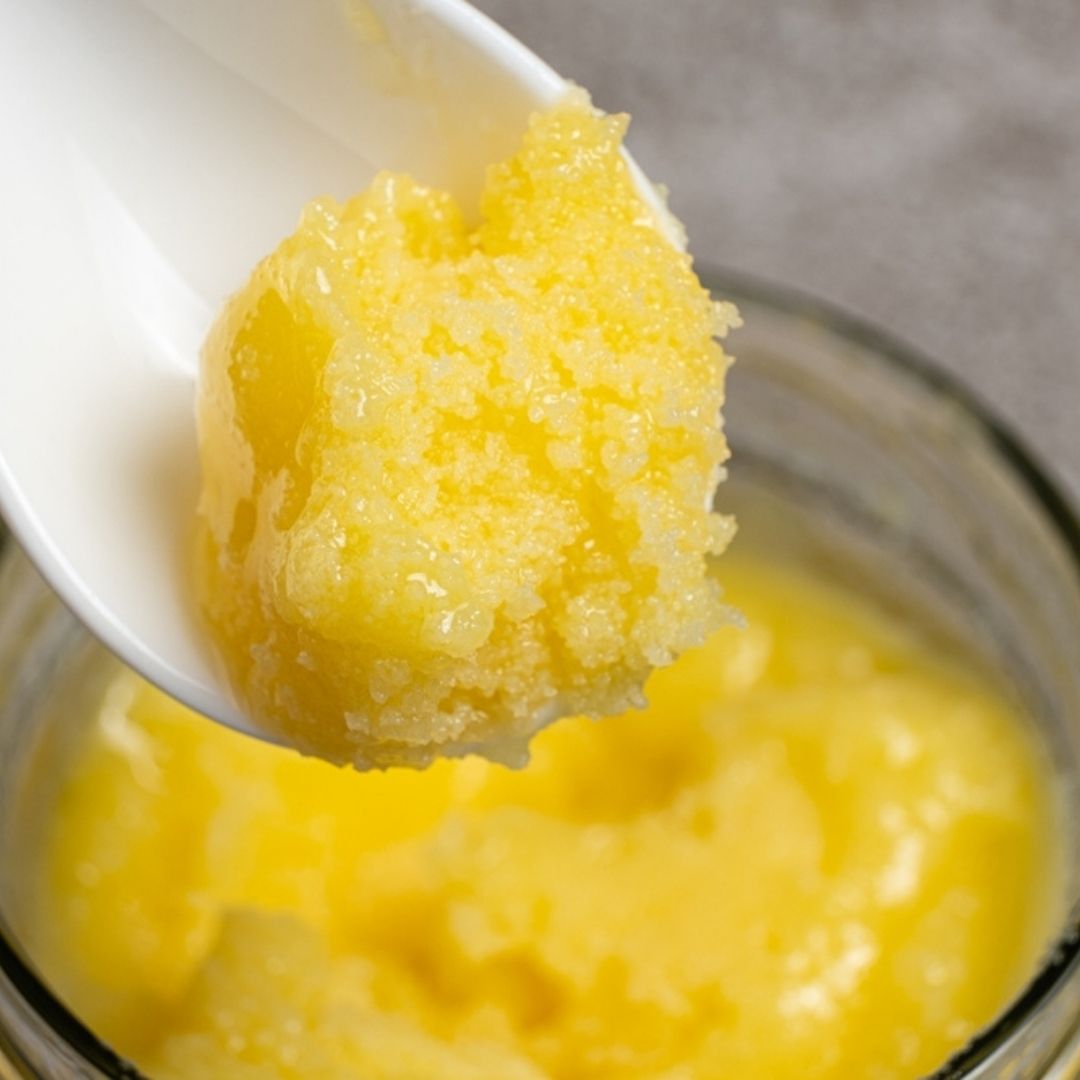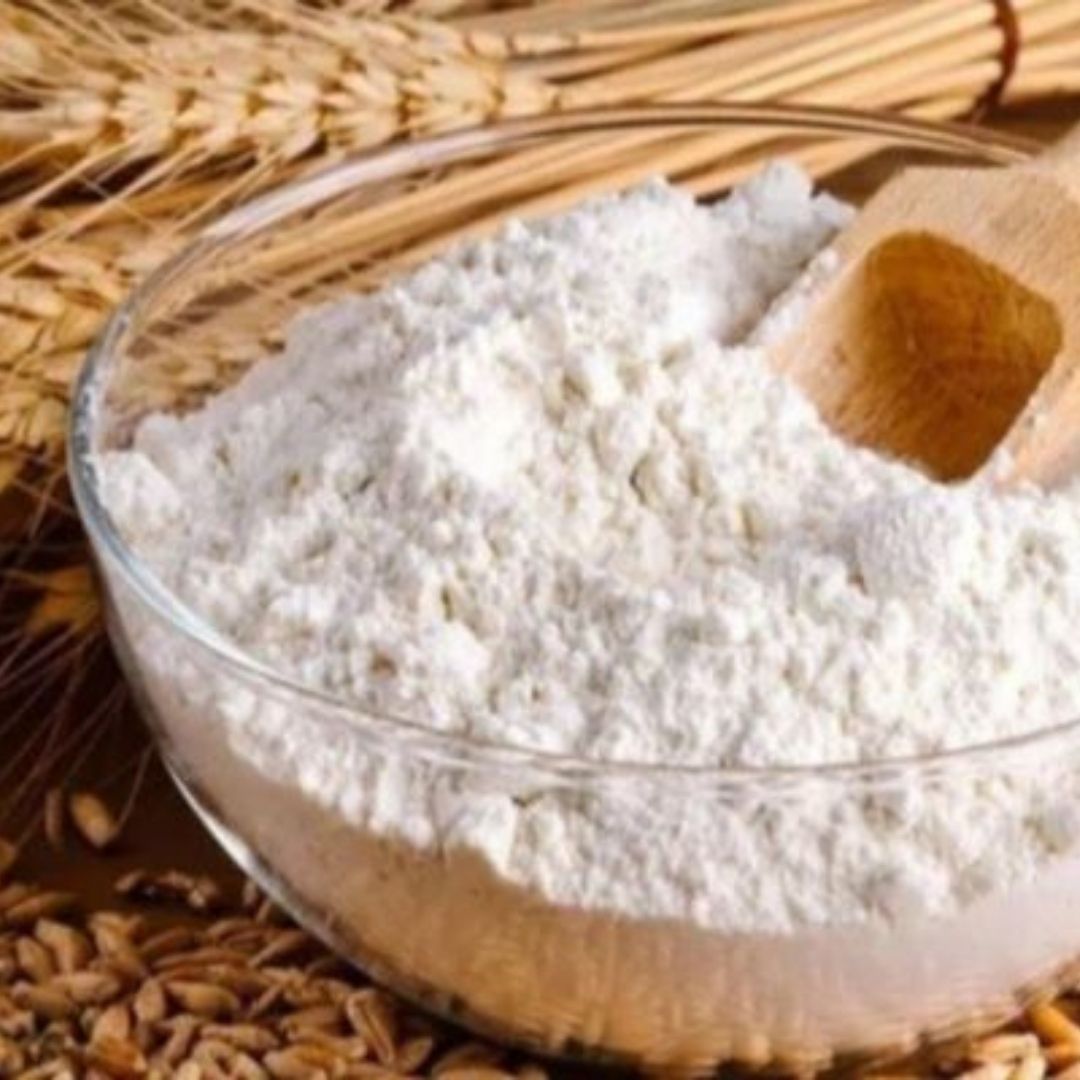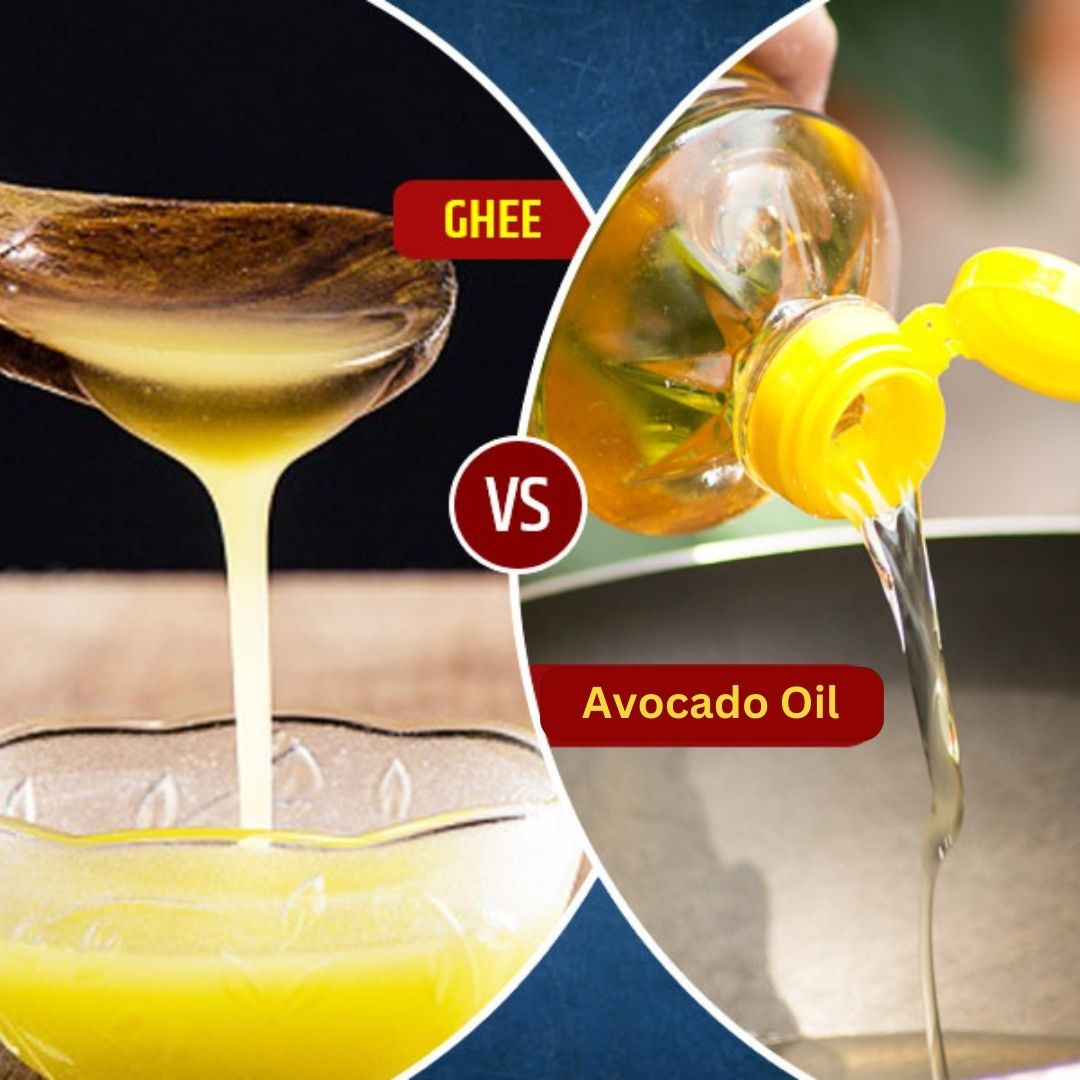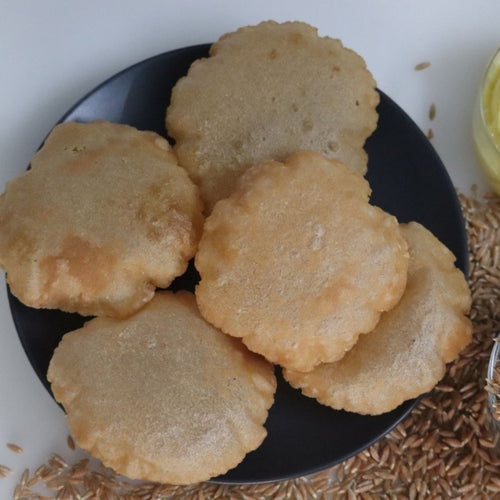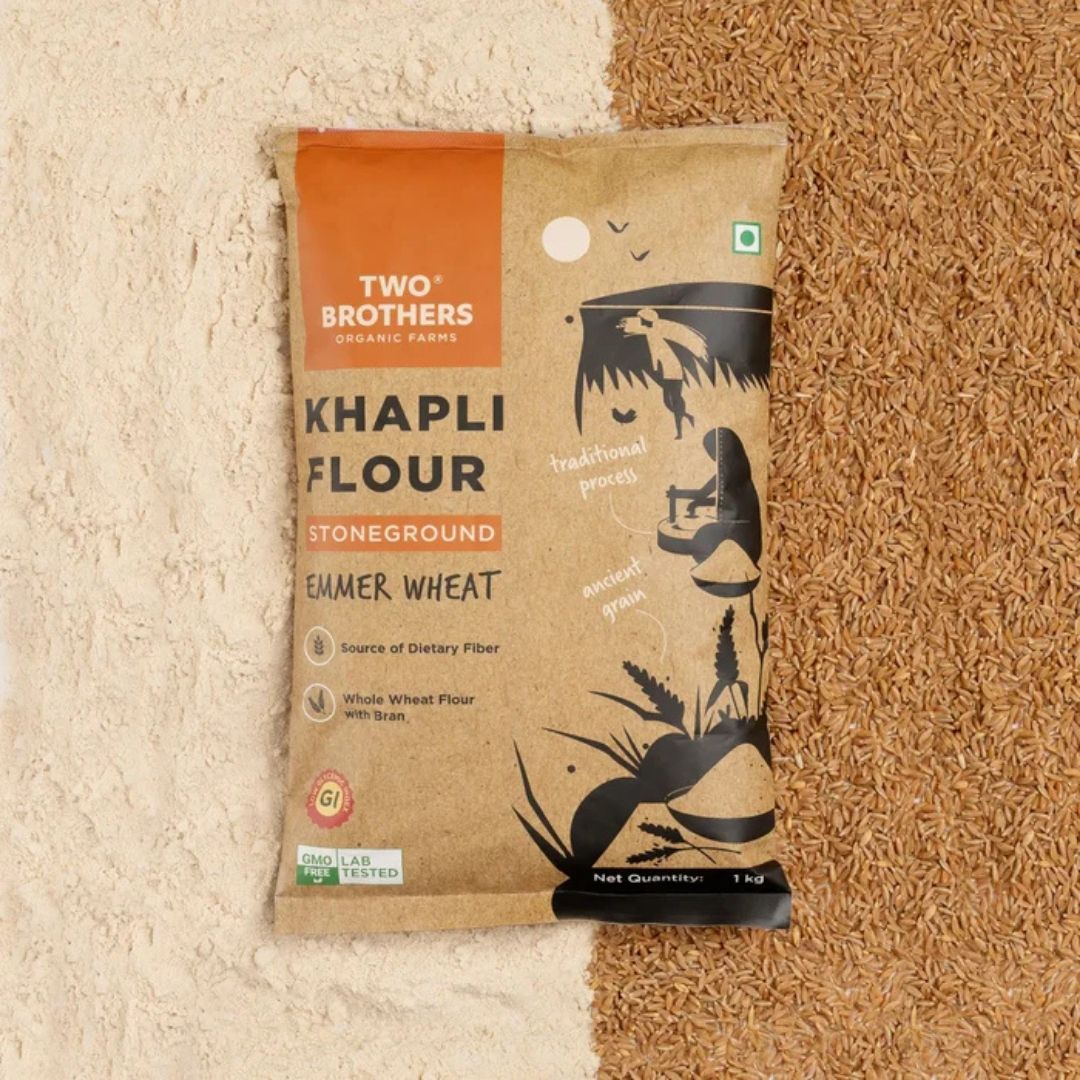The market for gluten-free products has expanded dramatically in recent years. Gluten-free foods are becoming more popular as a result of people's desire for healthier, simpler-to-digest solutions. For people who have celiac disease or gluten intolerance, gluten-free flour has become essential. But because of its many uses and health advantages, gluten-free flour is becoming popular even among those who do not have any of these diseases. This article will go into the world of gluten-free flour, examining its advantages, worth as a nutrient, common varieties, and delicious dishes.
What is flour free of gluten?
Gluten-free flour is produced from non-glutinous grains, seeds, or nuts. Wheat, barley, and rye contain a protein called gluten, which some people may react negatively to. For anyone who must or would rather avoid gluten, gluten-free flour provides a healthy and safe substitute.
Advantages of Flour Without Gluten
1. Better Digestive Health
Bloating, diarrhea, and stomach pain are among the digestive problems that can result from consuming gluten for people who have celiac disease or gluten intolerance. These symptoms disappear while using gluten-free flour, improving intestinal health.
2. Control of Weight
Compared to regular wheat flour, gluten-free flours frequently have higher concentrations of vitamins, minerals, and antioxidants. Nut and seed flours, for instance, are high in fiber, protein, and healthy fats that support a diet that is well-rounded.
3. Control of Weight
Making the switch to gluten-free flour can help with weight control. The glycemic index of many gluten-free flours is lower, which helps control blood sugar levels and lessens appetite desires. Furthermore, the high fiber content helps you feel fuller for longer by promoting satiety.
4. Versatility in Cooking
There are a ton of cooking applications for gluten-free flour. It works well in a range of recipes, including cakes, cookies, and pancakes as well as bread. This adaptability makes it simpler to enjoy a varied diet by fostering innovative culinary innovation.
Types of Flour Without Gluten Versatility in Cooking
1. Almond Flour
Made from finely ground almonds, almond flour is a popular gluten-free option. It has a lot of protein, good fats, and vitamin E. Almond flour is great for making bread, pastries, and pancakes because it gives baked items a deep, nutty flavor.
2. Coconut Flour
Dried coconut meat is used to make coconut flour. It is low in carbs and high in fiber and good fats. Because coconut flour absorbs a lot of moisture, it is frequently used sparingly. It works wonderfully for baking bread, cakes, and muffins.
3. Rice Flour
A common ingredient in gluten-free kitchens is rice flour, which is produced from milled rice. It is ideal for thickening sauces, preparing noodles, and baking cakes and cookies because of its mild flavor and smooth texture.
4. Buckwheat Flour
Buckwheat, in spite of its name, contains no gluten. With a strong, earthy taste, buckwheat flour is rich in fiber and important minerals like manganese and magnesium. It is frequently used in soba noodles, waffles, and pancakes.
5. Chickpea Flour
Ground chickpeas are used to make chickpea flour, sometimes referred to as gram flour. It tastes a little nutty and is high in protein and fiber. For savory recipes like flatbreads, fritters, and vegetarian burgers, chickpea flour works great.
6. Oat Flour
Made from pulverized oats, oat flour has a high fiber content, especially beta-glucan, which lowers cholesterol. To prevent cross-contamination, use only oat flour that has been verified to be gluten-free. When preparing bread, muffins, and cookies, oat flour performs admirably.
How to Make Recipes with Gluten-Free Flour
Baking Advice
Using gluten-free flour in baking can be different from using regular wheat flour. The following advice will help you succeed:
-
Mix Flours: Using a variety of gluten-free flours together generally yields better results, improving both texture and flavor.
-
Employ Binders: The binding qualities of gluten are absent from flours free of gluten. Use binders to replicate the flexibility of gluten, such as xanthan gum or guar gum.
-
Modify Liquids: Gluten-free flours have varying degrees of liquid absorption. To get the desired consistency, adjust the amount of liquid as necessary.
-
Let Batter Rest: Before baking, let the batter rest for ten to fifteen minutes. This enhances the final texture and aids in the hydration of the flours.
Conclusion
A versatile and healthful substitute for regular wheat flour is gluten-free flour. Gluten-free flours offer a plethora of options for cooking, whether you have dietary restrictions or simply want to try new things. These nutrient-dense substitutes, which range from rice and buckwheat flour to almond and coconut flour, can improve your nutrition and provide ideas for tasty, satisfying meals. Accept gluten-free flour and get the rewards of better-tasting, healthier baking and cooking.


